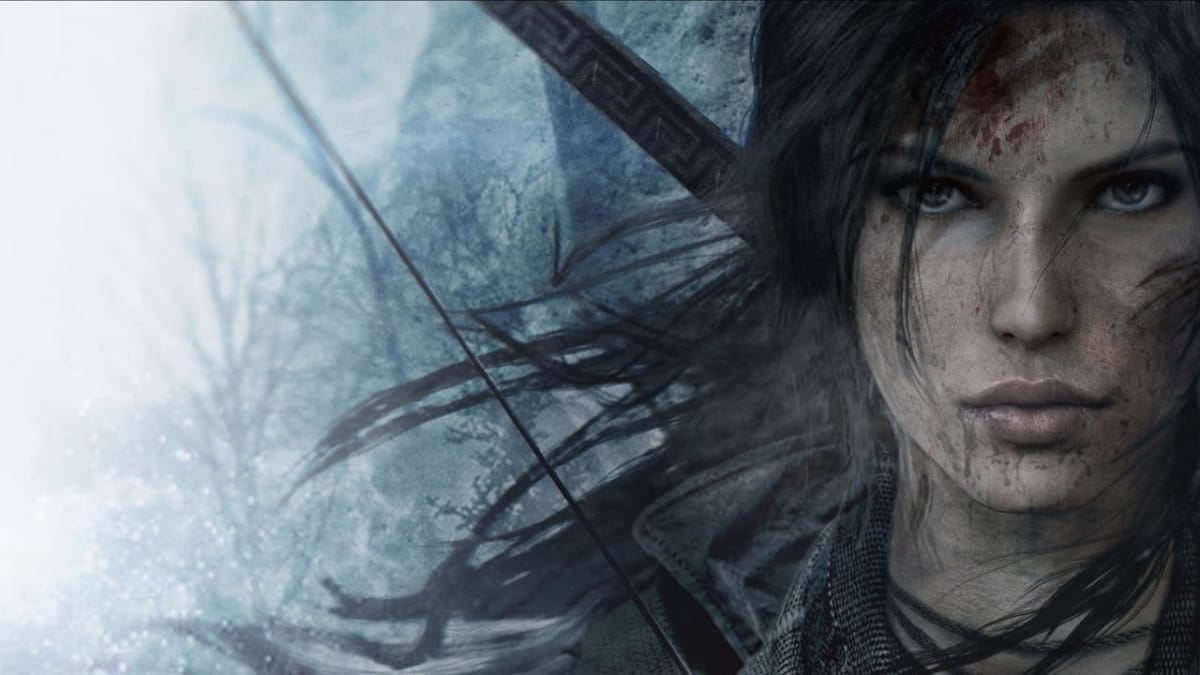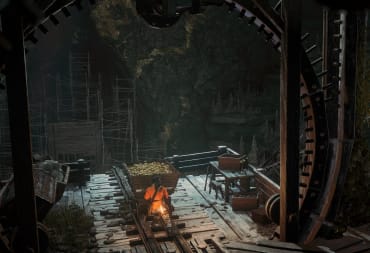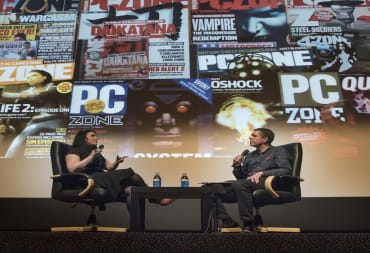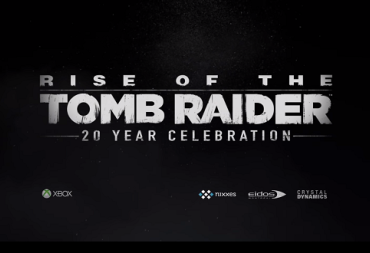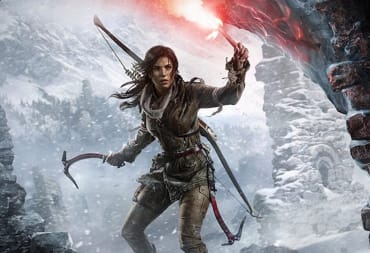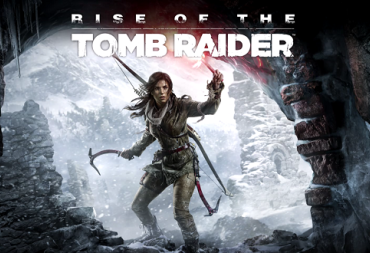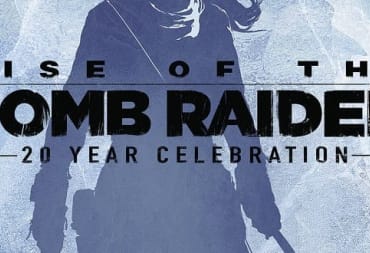“A famous explorer once said that the extraordinary is in what we do, not who we are.” —Lara Croft, Tomb Raider, 2013
Since Lara Croft's first appearance in the original Tomb Raider in 1996, she has been an adventurer, a hero, and an icon. When Eidos rebooted the series in 2006 with Tomb Raider: Legend, they attempted to update and re-imagine the character without reinventing the essence of who she was. But it wasn't until 2013's second series reboot with Tomb Raider that Lara and the franchise as a whole really recaptured the dynamic and influence of the series' early years, while at the same time being radically different.
Growing up as a kid in the 90s, I was never allowed to play the Tomb Raider games. Simply put, my mother didn't approve of Lara Croft as a big boobed Indiana Jones. Still, Lara always piqued my curiosity. As a girl playing video games, there were never a whole lot of role models and characters to look up to who didn't get sidelined in favor of a male protagonist. Sure, there was Princess Peach, Zelda, Chun-Li, and Samus, but I never really connected with any of them. I hate pink, Zelda was still often sidelined in a game series that bears her name, Chun-Li wasn't the focus of Street Fighter, and Samus was purposely left gender ambiguous till the end of her first game because they had to trick people into having a non-sexualized female protagonist. If that doesn't tell you about early gaming culture, nothing will.
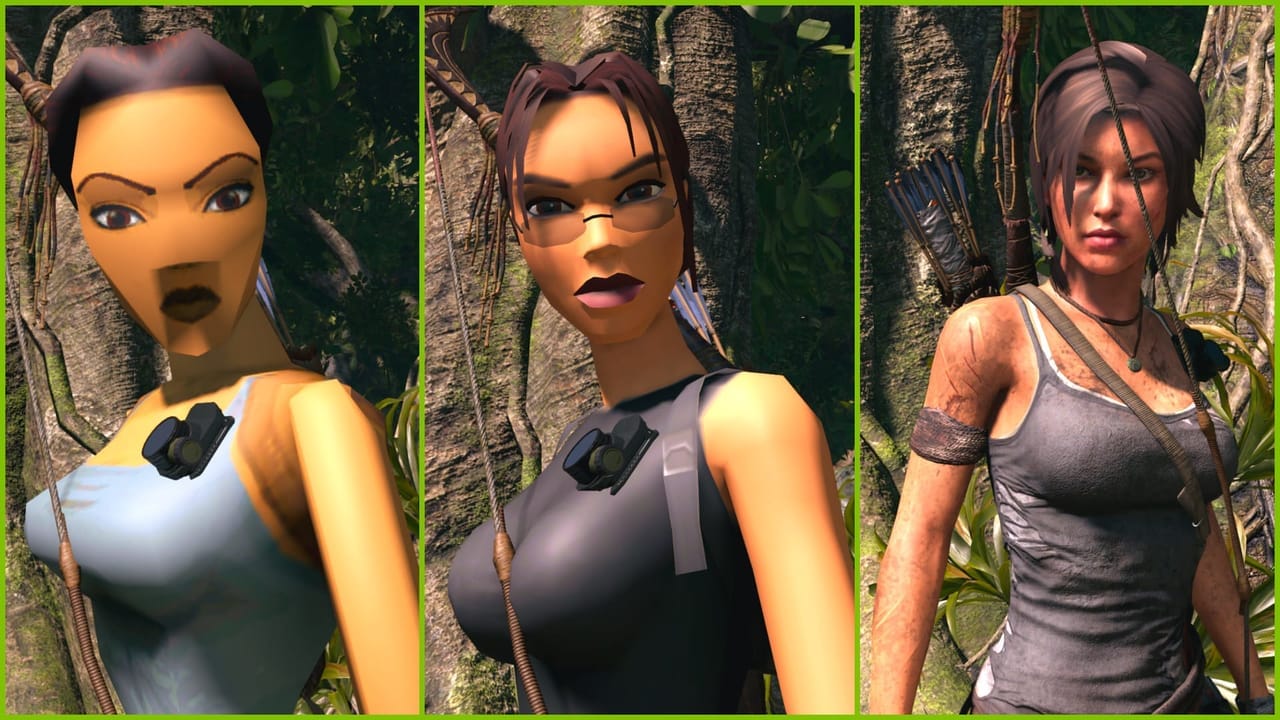
Sure, because of the marketing team, Lara was sexualized more than almost any other video game character in history at that point, but that didn't take away the fact that she was a female protagonist. She could DO stuff in her games. She saved the day, looked good doing it, and shot more people than James Bond. She was intelligent, classy, and brave, and unlike Samus in Metroid, she wore her gender on her sleeve. Even as a kid in the single digits, I knew that was pretty cool. As an adult playing the games, I'm sorry I didn't play them sooner, but I also see how flat her character was originally conceived. Strong, independent woman? Check, and away we go!
While Lara's character and starring role in Tomb Raider was groundbreaking for the 90s, by the time 2013 rolled around she was no longer unique due to a number of copycat clones and token “strong female characters” in games and movies. Could there have been an updated Tomb Raider series with a fairly bland Lara Croft? Sure, and it probably would've done well. But what the series decided to do took it a step further.
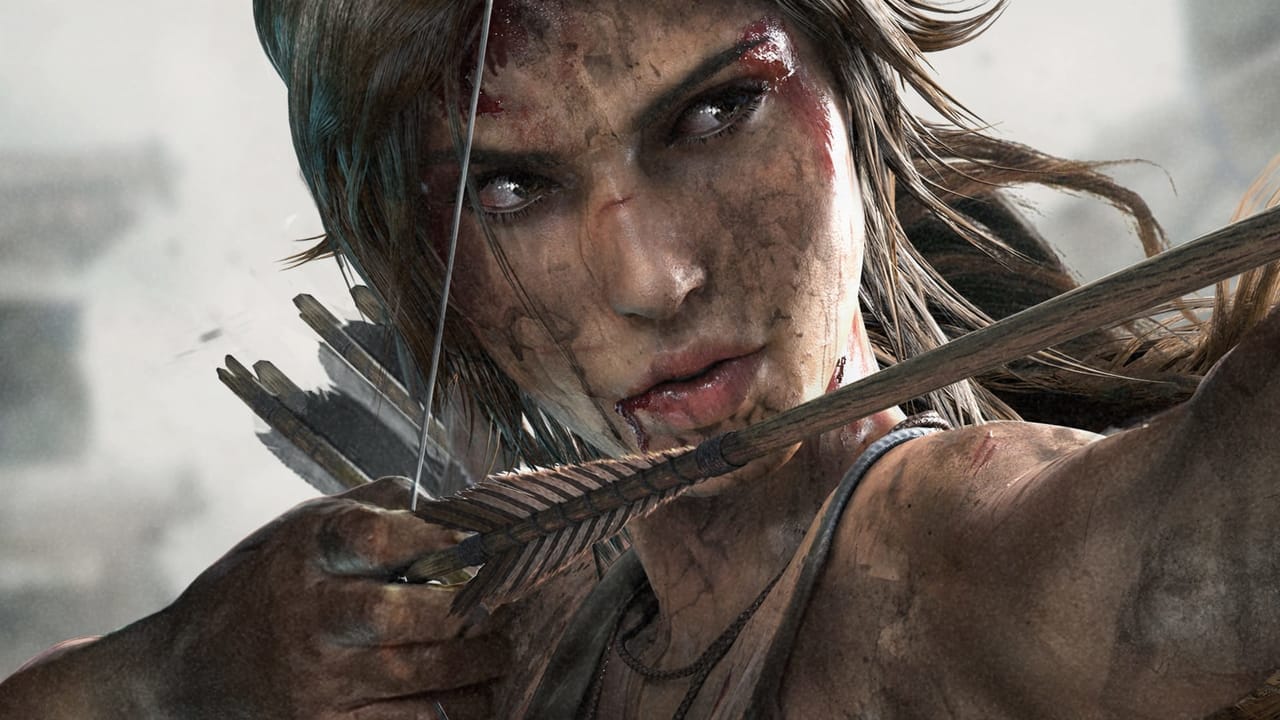
Technology, graphics, and gaming platforms have all come a long way from 1996 to 2013, but it wasn't just the updated and modernized gameplay that gave the series the breath of fresh air it needed. In both the original series and the Legend reboot, Lara Croft was an unstoppable badass, an adventurer archaeologist in the grand tradition of fiction who had fewer qualms about killing people and stealing things than Mario has about slaughtering Goombas. In 2013's Survivor timeline, Lara was a little different.
The new series stripped away everything that made Lara iconic: her dual wielding pistols, her love of tombs and theft, and her ability to power through any situation effortlessly—not to mention her infamous sex appeal. Instead, we're given a new Lara, working as a research assistant at the age of 21. It's evident from flashbacks at the start that she's intelligent and has a knack for archaeology, but beyond that she's a fairly normal girl. Certainly she's far from her “I only hunt for sport,” classic opening remarks from 1996.
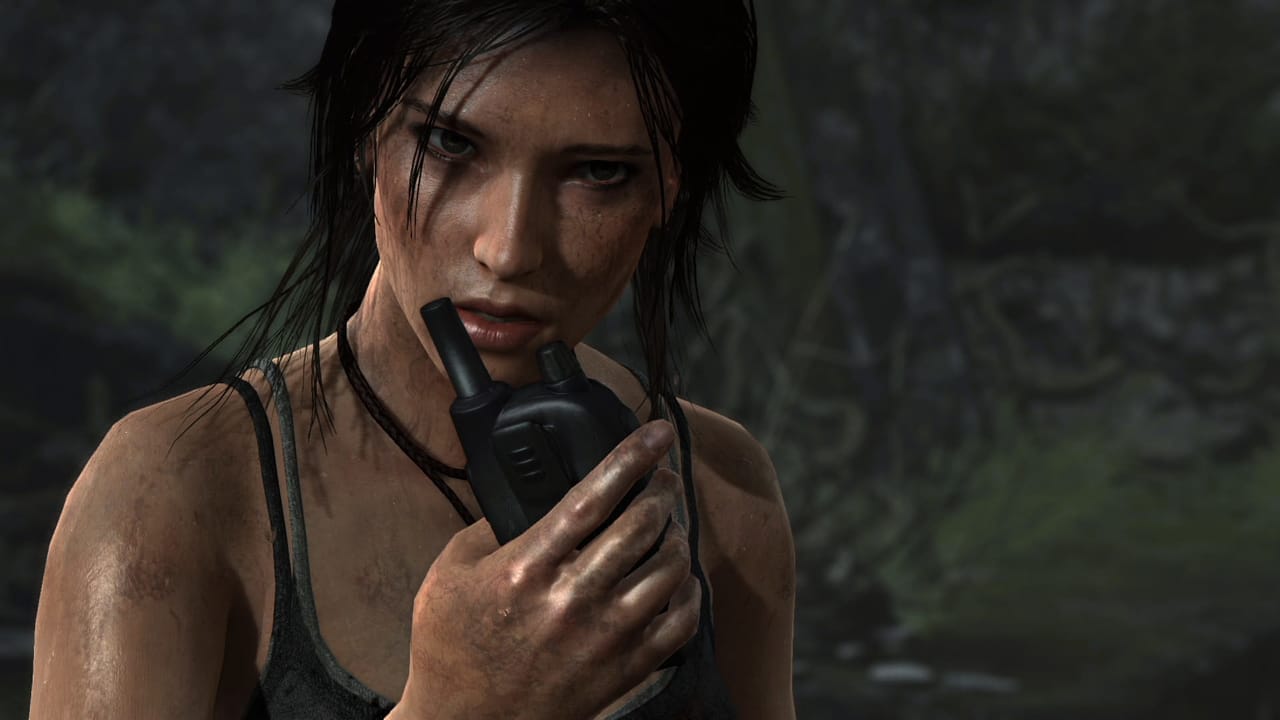
As the games continue, between both Tomb Raider and its sequel, Rise of the Tomb Raider, Lara undergoes transformative character development. Instead of the merciless expert, we play through the first time Lara kills a man, the death of her father figure by a psychotic cult, and when she saves her best friend from a thousand-year-old goddess. We witness her determination to finish her father's research, and her clashes with Trinity as she discovers lost cities and uncovers the truth and the stories behind them. We see the tolls that murder takes on her mental health, and we experience the betrayal that she goes through at the hands of her late father's girlfriend—a mother figure in her life.
Lara Croft, as written in 2013, was written by a woman. Rhianna Pratchett to be specific, for both her turn in 2013 and the sequel in 2015. When I first played these games, what blew me away is how REAL Lara has become. Far from being an infallible treasure hunter, she actually acts like, well, a real woman. She's stranded on an island full of murderous cultists and she does what she has to do to survive. She doesn't throw up her hands and scream like a girl at the sight of a corpse, nor does she look around for a man to rescue her from starving. She grits her teeth and gets it done. She doesn't bust up the place with a machine gun or punch a hole through anyone's chest. She uses common sense and basic wilderness survival skills. Like her 1996 incarnation, the most impressive part of Lara's character isn't her boobs or her shooting skills—it's her intelligence. She breaks out of her own character mold to become truly developed and realistic, which is unfortunately rare for women in video games.
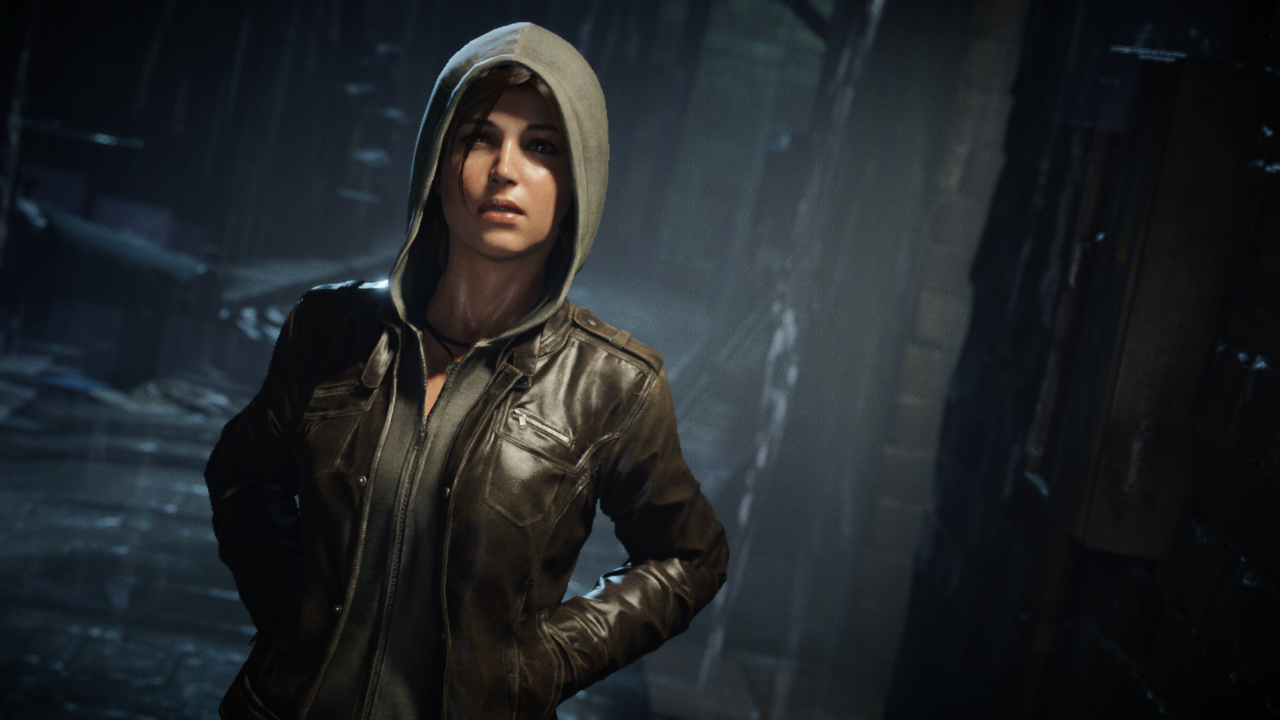
From the moment that the Endurance crashes in the first game, until the end of the second, Lara's foremost emotion is guilt. She feels guilt for having directed their expedition to go to the Dragon's Triangle, and guilt that the crew—Grim, Roth, and Alex—all died because of her, as well as the rescue pilots who attempt to come to their aid. She touches on this in her therapy session recordings in Rise. Sam no longer talks to her and she has recurring nightmares about what happened. She feels guilt for all the men she killed, even though she repeatedly states that she did what she had to do to survive. And after surviving Yamatai, she feels guilt that she disbelieved her father for so many years. He was chasing fantastic myths, driven by the same spirit that drives her now, and she shunned him and urged him to give up on his research, like everyone else began to do to her.
Throughout both games Lara faces devastation and betrayal. Initially her betrayal comes from Dr. Whitman, who worked with Mathias and the cult to abduct Sam yet again, and the worst thing to happen to her on the island was the death of her guardian, Conrad Roth. She feels anger and hurt over Roth's death, to the point where it's the only time in the game that she really breaks down crying and allows herself to be vulnerable, refusing the company of her friends and choosing quiet solitude instead. In Rise, her hurt and betrayal come from the same person: her pseudo-stepmother Ana. A fixture of Lara's life since she was young, and her most prominent mother-figure, Ana turns out to have betrayed both her and her father and infiltrated their lives on the orders of Trinity. This time, Lara's hurt expresses itself as anger at this betrayal, and it only strengthens her resolve to stop Trinity. Her emotional arc slowly begins to evolve from her being motivated by the guilt surrounding Yamatai and her father to her wanting revenge on Trinity, for her father, the innocents they have tortured, and the horrors they have put her through. By the end of each game, she's bloodied, bruised, and scarred, but above all else she is real.
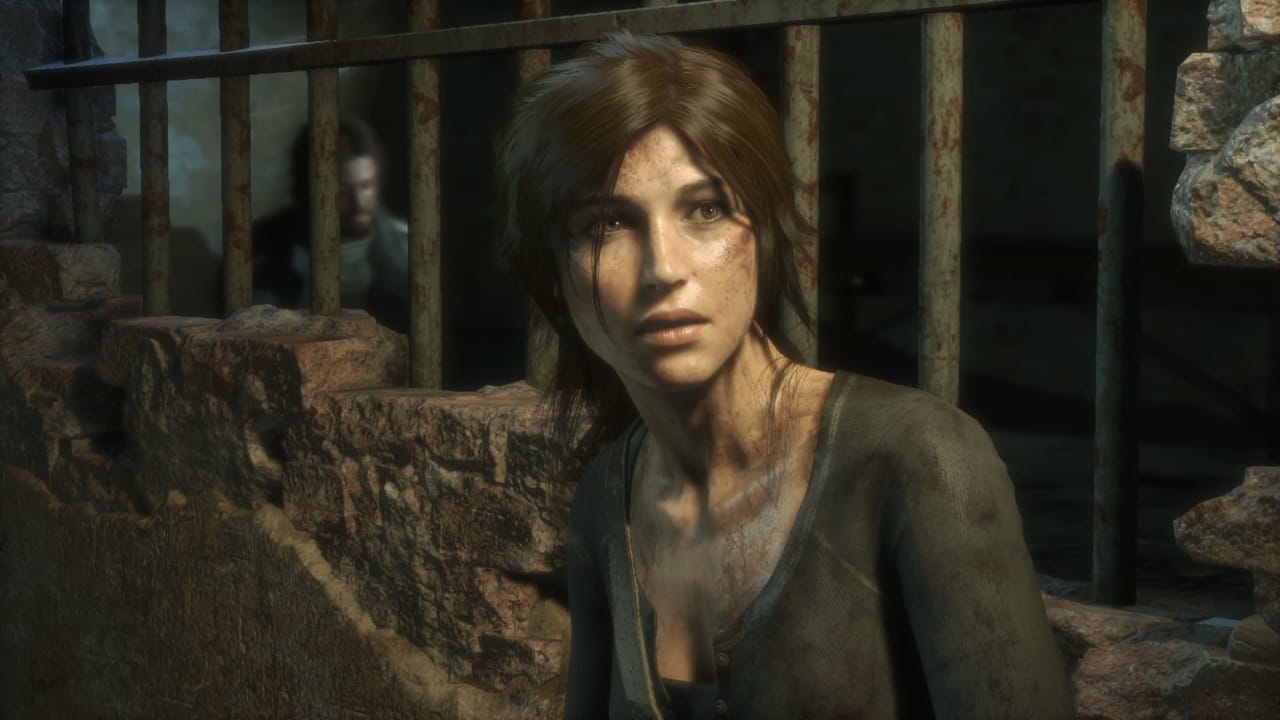
Like her opening line, this new version of Lara Croft sets out to establish herself, not by riding on her prior incarnations coattails, but by carving out her own place through her own actions and choices. She's no longer infallible and cocky, but by breaking her character down to the most basic it can be, we have the chance to see her build her way up and, in the process, become stronger than ever.
Have a tip, or want to point out something we missed? Leave a Comment or e-mail us at tips@techraptor.net
